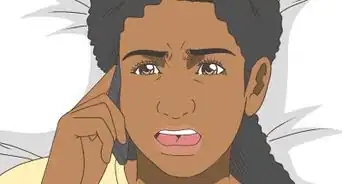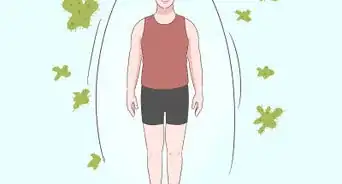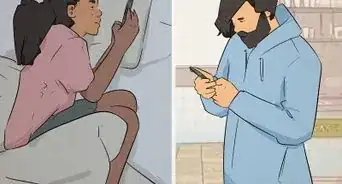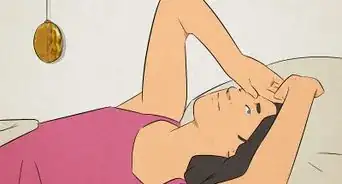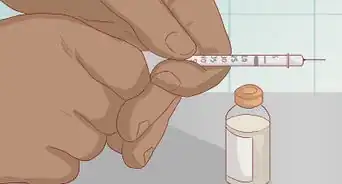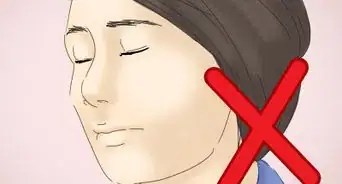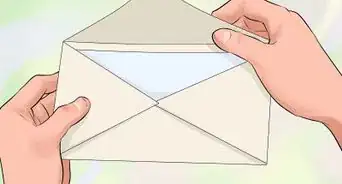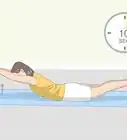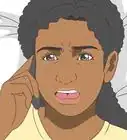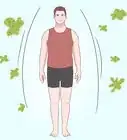This article is based on an expert interview with Ashley Mak, DPT, conducted by wikiHow Staff Editors. Ashley Mak is a Physical Therapist and the Owner of Ashley Mak Performance and Rehabilitation, his physical therapy business based in Hoboken, New Jersey. He is also the CEO of Hudson River Fitness and an Adjunct Professor at Kean University. With over seven years of physical therapy experience, Ashley specializes in both pain management and maximizing physical performance. He received his BA in Biology from Villanova University in 2010 and his Doctorate in Physical Therapy (DPT) from Thomas Jefferson University in 2012.
This article has been viewed 2,280 times.
Epidurals and steroid injections are two of the most common treatments for severe back pain. While both methods are great ways of reducing inflammation and relieving pain, the best part about these treatments are that they give you the opportunity to safely start targeting the issues that caused your pain in the first place. In this video, Ashley Mak, PT, DPT, highlights which movements you should focus on and avoid post-procedure that will help you on your road to recovery.
Key Takeaways
- An epidural or steroid injection will provide a lot of relief, but it won’t treat or fix the source of your back issues.
- Find the positions that give you the most relief and focus on them.
- Make sure you’re not increasing how much you’re moving or you could cause your spine to flare up.
Video Transcript
Two of the most common treatments aside from physical therapy and exercise for low back pain would be an epidural injection or steroid injection in the back, which can either go into the facet joints or the disks themselves. They're primarily used to reduce inflammation and reduce your pain, and you are often getting some really great relief after that. But the key thing is the fact that those injections aren't going to truly treat and fix your issues that's causing your back pain. So it's just going to give you that opportunity to move. So once you get that relief, the next step is to actually focus on the positions that provide you the best relief, and then also to ensure that you're not increasing the amount of motion that's happening in your spine, or else you're going to flare it up.


